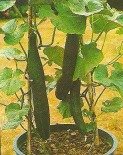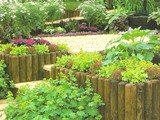|
Fall Vegetable Garden TipsPlanting a fall vegetable garden involves good timing for success. It’s important to start at an early time in order to give your vegetable plants enough time to grow and produce some crops. The reason is that the extremely cold weather can stop the growing process of the plants. Therefore the earlier you start the better. A fall edible garden can really produce some of the best vegetables so it’s a good choice to garden in the fall. When deciding when to plant your vegetables you need to have an average idea of the first fall frost date in your area. Let's get straight into some basic tips and ideas for gardening in the fall... Gardening in the FallIt’s good to grow some cool-season vegetables that you can harvest in the fall. Conditions where there is a mixture of warm days and cool nights can make root vegetables such as carrots and beets delicious and sweet. The touch of frost promotes the delicious flavors of healthy leafy greens such as cabbage and spinach. To give your garden that edgy look, you can replace the spent crops like the zucchini vines for example with some new ones. The Best Choices for Fall Vegetable Gardens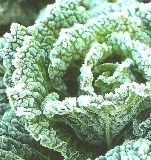 Some of the best fall vegetables are…
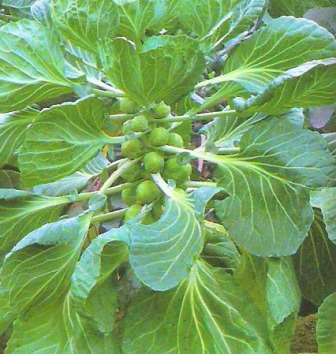 Temperatures for growing cool-season vegetables are from 55 to 75 degrees F/13 to 24 degrees C. However, most of them can withstand frost like cabbages and Brussels sprouts just to list a few. You can harvest fresh vegetables up to and after the first fall frosts. A few of the extra-hardy vegetables can survive in low temperatures like 0 degrees F/-18 degrees C. Some examples are collards, leeks and spinach. Garlic and some types of bulbing onions are planted in the fall as well but they won’t be ready for harvest time until the beginning of summer. When to Plant Vegetables in A Fall Vegetable GardenWhen growing vegetables in the fall, you need to have a good idea about the number of days a specific variety needs to reach maturity. Then you add about 14 days to this number to encourage the slower growth of plants during the shorter days of fall. Count back this total number of days from the first frost date in order to get an idea of when to sow your seeds. You can do this even if you’re sowing them straight into the garden or in pots to transplant later. If you live in an area where the cold weather starts early in fall, it’s best to start most of your fall vegetables in the summer. Tips on Vegetable Gardening for FallThere are some vegetables that mature slowly in most climates. These are vegetables like cabbage and broccoli for example. They can either be purchased as seedlings from a nursery or sown into containers to be transplanted to the garden later on. You can protect the vegetables from the heat of late summer by keeping the containers in a partially shaded location while the seeds germinate and grow. A good location can be on a patio or a porch. Root vegetables such as beets and turnips grow successfully if they’re sown directly in the garden. However, if you prefer to have your seedlings ready for the beginning of fall, you can sow the seeds in peat pots that are made of biodegradable paper pulp. 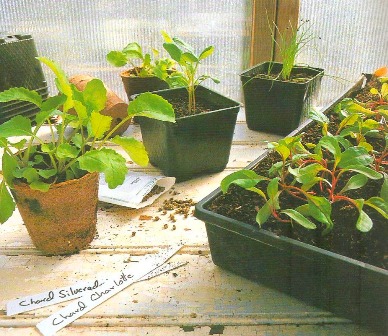 The peat pots or nursery flats can be about 4 inches in size. Set the seedlings in the garden while taking care to avoid damaging the roots. Sow seeds of healthy vegetables that grow faster like lettuce and other greens straight into the garden when the weather has cooled. Fall Gardening TipRoot vegetables such as carrots, beets and turnips can be left in the ground for harvest in the winter. This can be done by covering them with a foot of hay or straw or bags of leaves. The covering is to protect the ground from freezing however that may not work in extremely cold climates. You can highlight the spot of the mulched vegetables by using tall stakes so that you can easily find them in the snow. Protecting Your Vegetables from the HeatIf the area you live in is hot and sunny in early fall, it’s important to protect your transplanted or seeded vegetables until the weather cools down. Get a piece of plywood or a shingle and prop it up on the sunny side of each of the plants. 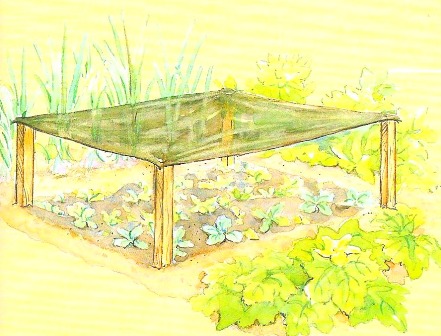 For bigger plantings, attach the shade cloth to the stakes. The shade cloth is ideal for shielding the plants from the excessive heat. If you don’t have one you can check in the garden centers and nurseries as they’re available there. A fall vegetable garden as I’ve mentioned before, produces some of the tastiest vegetables. All it takes is proper timing to get some really good cool-season vegetables. When growing a fall vegetable garden, it’s best to carefully work with and around the weather conditions to get the best results possible.
|








